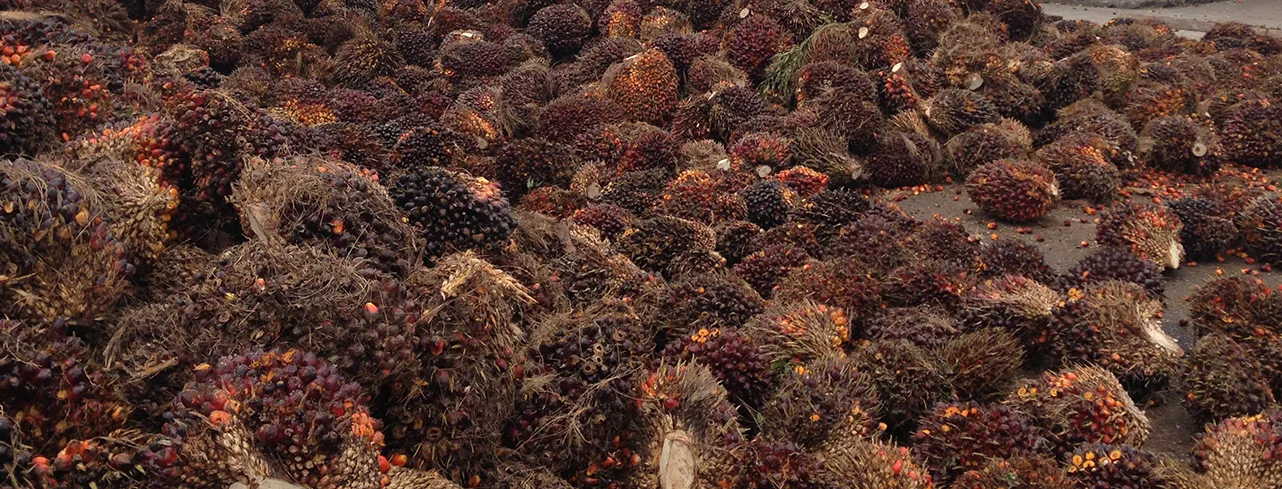Palm fruit
The fundamentals
Produces shades:
Latin name: Elaeis guineensis
Pigment: Carotenoids, Tetraterpenoids
E-number: E-160a (ii)
5 facts about palm fruit
How palm fruit is grown
Palm oil trees generally bear fruit at 36 months, but they reach peak production between 7-18 years, after which harvest quantities start to decline. The typical commercial lifespan of a tree is 25 years.
Harvest calendar and growing areas
The fruit of the palm oil tree is harvested year-round. Indonesia and Malaysia are the largest producers of palm oil, accounting for about 80% of the world supply.
Oterra is a member of the Roundtable on Sustainable Palm Oil (RSPO)
We only purchase palm carotene from suppliers who are also RSPO members.
The RSPO works to promote the production of sustainably sourced palm oil through involvement with growers, processors, food companies, investors and NGOs.
What you should know about carotene from palm oil
Oterra's stable, industry-leading formulations allow you to benefit from all of the advantages of palm fruit as a natural food color while minimizing any intrinsic challenges associated with this vegetable.
Carotene from palm fruit is naturally oil soluble.
It can be emulsified to use in water-based applications.
Natural Strengths
Good heat and light stability
Unaffected by pH
Natural Challenges
Some formulations will be cloudy
Requires ascorbic acid (vitamin C) in high-water activity applications

